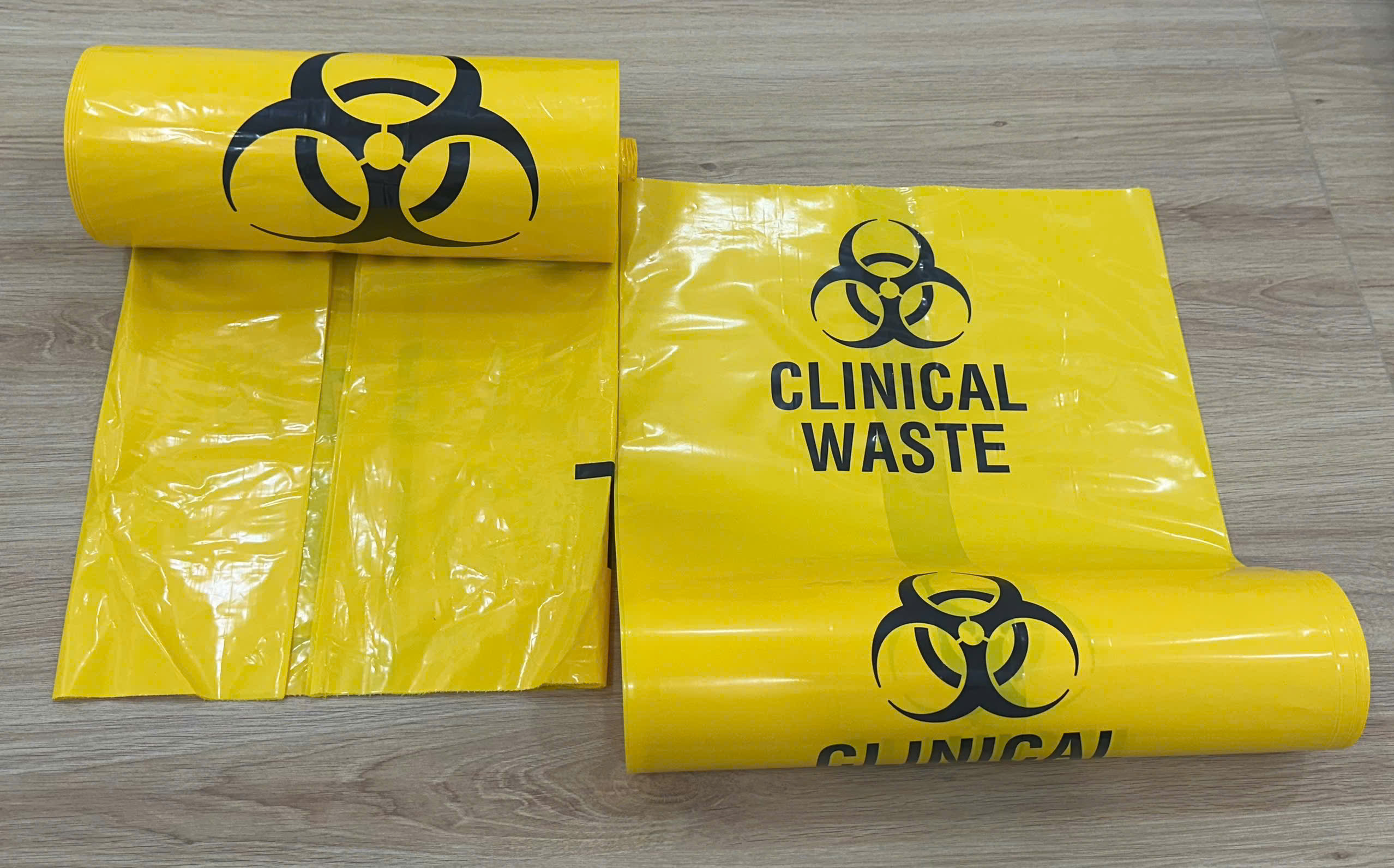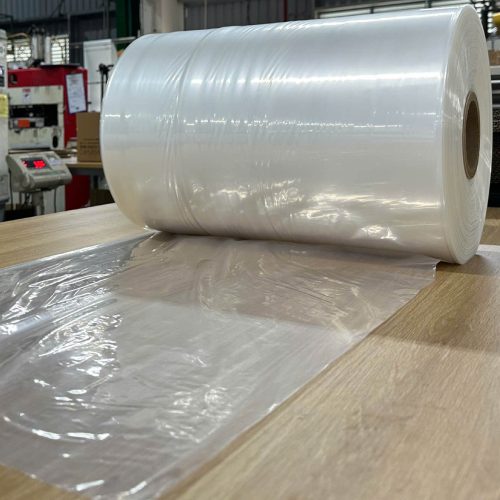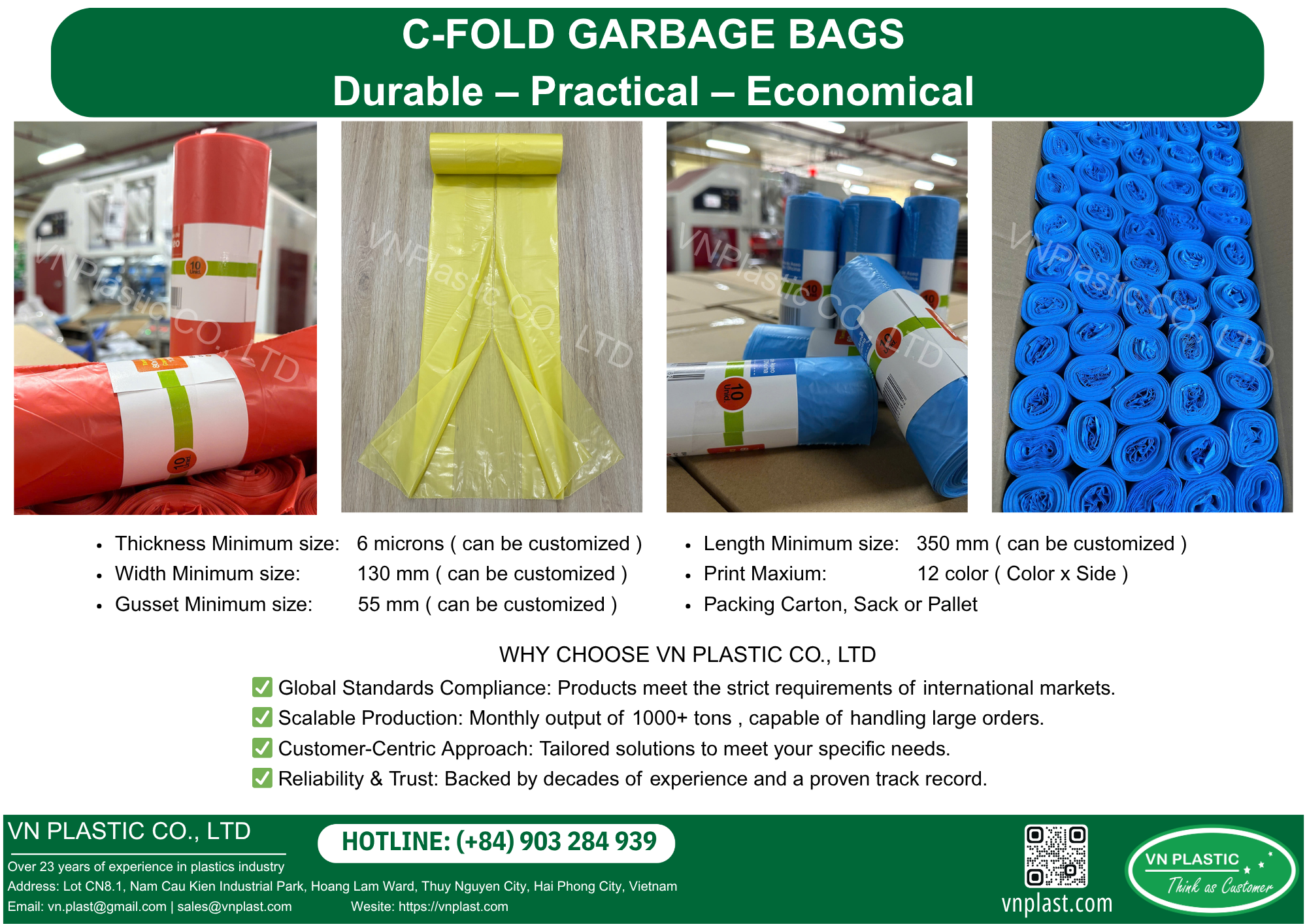Stretch film plastic is an essential material in various industries, from logistics and warehousing to manufacturing and retail. It is widely used for securing and protecting goods during storage and transportation. With so many options available, selecting the right stretch film plastic can be overwhelming. This article will guide you through the key factors to consider when choosing the best stretch film plastic for your specific needs, ensuring optimal performance and cost-effectiveness.
Understanding the Basics of Stretch Film Plastic
Before diving into the specifics of selecting stretch film plastic, it’s important to understand what it is and how it works. Stretch film plastic is a highly stretchable plastic film that is wrapped around items to secure them in place. It is commonly made from linear low-density polyethylene (LLDPE), which provides excellent stretchability, strength, and puncture resistance.
Types of Stretch Film Plastic
There are several types of stretch film plastic available, each designed for specific applications. The most common types include hand stretch film, machine stretch film, and pre-stretched film. Hand stretch film is ideal for small-scale operations where manual wrapping is sufficient. Machine stretch film, on the other hand, is designed for use with automated wrapping machines, offering higher efficiency and consistency. Pre-stretched film is a unique type that has already been stretched during manufacturing, making it lighter and easier to handle.
Key Properties to Consider
When choosing stretch film plastic, it’s essential to consider its key properties, such as thickness, stretchability, and cling. Thickness, measured in microns, determines the film’s strength and durability. Thicker films offer better protection but may be more expensive. Stretchability refers to how much the film can be stretched before it breaks, which affects its ability to secure loads tightly. Cling is the film’s ability to stick to itself, ensuring that the wrapped load remains secure.
Environmental Considerations
In today’s environmentally conscious world, it’s important to consider the environmental impact of the stretch film plastic you choose. Many manufacturers now offer eco-friendly options, such as biodegradable or recyclable films. These options not only reduce environmental impact but can also enhance your company’s sustainability profile. Additionally, using thinner films that require less material can also contribute to environmental conservation.
Factors to Consider When Choosing Stretch Film Plastic

Selecting the right stretch film plastic involves evaluating several factors to ensure it meets your specific needs. These factors include the type of load, the method of application, and the storage conditions.
Type of Load
The type of load you need to secure plays a crucial role in determining the best stretch film plastic. For example, heavy or irregularly shaped loads may require a thicker, more durable film with high puncture resistance. On the other hand, lighter loads may be adequately secured with a thinner film. It’s also important to consider the surface of the load; smooth surfaces may require a film with higher cling, while rough surfaces may need a film with better puncture resistance.
Method of Application
The method of application is another critical factor. If you’re using a manual wrapping process, hand stretch film may be the most suitable option. However, if you’re using an automated wrapping machine, machine stretch film will provide better efficiency and consistency. Additionally, consider the speed of the wrapping process; faster machines may require films with higher stretchability to ensure smooth operation.
Storage Conditions
Storage conditions, such as temperature and humidity, can also affect the performance of stretch film plastic. For example, films used in cold storage environments may need to have better resistance to low temperatures to prevent cracking or breaking. Similarly, films used in humid conditions should have good moisture resistance to maintain their cling and strength.
Advanced Features and Innovations in Stretch Film Plastic
The stretch film plastic industry has seen significant advancements in recent years, with new features and innovations designed to enhance performance and sustainability.
UV-Resistant Films
UV-resistant stretch film plastic is designed to protect goods from the harmful effects of ultraviolet (UV) radiation. This type of film is particularly useful for outdoor storage or transportation, where goods are exposed to sunlight. UV-resistant films can prevent fading, discoloration, and degradation of the wrapped items, ensuring they remain in good condition.
Anti-Static Films
Anti-static stretch film plastic is specially designed to prevent the buildup of static electricity, which can be a significant issue in environments where electronic components or flammable materials are stored or transported. These films are treated with anti-static agents that dissipate static charges, reducing the risk of damage or accidents.
High-Performance Films
High-performance stretch film plastic is engineered to provide superior strength, stretchability, and puncture resistance. These films are often used in demanding applications where standard films may not provide adequate protection. High-performance films can reduce the risk of load failure, minimize product damage, and improve overall efficiency.
Sustainable Innovations
Sustainability is a growing concern in the stretch film plastic industry, and many manufacturers are developing innovative solutions to reduce environmental impact. For example, some companies are producing films made from recycled materials, while others are developing biodegradable films that break down more easily in the environment. These sustainable options not only help reduce waste but also align with the increasing demand for eco-friendly packaging solutions.
Cost Considerations and Budgeting for Stretch Film Plastic
While performance and sustainability are important, cost is also a key factor when choosing stretch film plastic. It’s essential to balance the initial cost of the film with its long-term benefits and overall value.
Initial Cost vs. Long-Term Value
The initial cost of stretch film plastic can vary widely depending on the type, thickness, and features. While it may be tempting to choose the cheapest option, it’s important to consider the long-term value. For example, a more expensive high-performance film may reduce the risk of load failure and product damage, ultimately saving money in the long run. Similarly, investing in sustainable films can enhance your company’s reputation and potentially lead to cost savings through reduced waste and improved efficiency.
Bulk Purchasing and Supplier Relationships
Bulk purchasing can be an effective way to reduce the cost of stretch film plastic. Many suppliers offer discounts for large orders, which can significantly lower the per-unit cost. Additionally, building strong relationships with suppliers can lead to better pricing, improved service, and access to the latest innovations. It’s also worth considering the total cost of ownership, which includes not only the purchase price but also factors such as transportation, storage, and disposal.
Cost-Effective Application Techniques
In addition to choosing the right film, cost-effective application techniques can also help reduce overall expenses. For example, using pre-stretched film can reduce the amount of film needed per load, lowering material costs. Similarly, optimizing the wrapping process to minimize film usage while maintaining load security can lead to significant savings. Training employees on proper wrapping techniques and regularly maintaining wrapping equipment can also contribute to cost efficiency.
Conclusion
Choosing the best stretch film plastic for your needs requires careful consideration of various factors, including the type of load, method of application, storage conditions, and cost. By understanding the different types of stretch film plastic and their key properties, you can make an informed decision that ensures optimal performance and cost-effectiveness. Additionally, staying informed about the latest advancements and innovations in the industry can help you stay ahead of the competition and meet the growing demand for sustainable packaging solutions. Whether you’re securing heavy industrial loads or protecting delicate retail products, the right stretch film plastic can make all the difference in ensuring your goods arrive safely and securely.
Factory: No 5, Lot CN8.1, Nam Cau Kien Industrial Park, Hoang Dong Commune, Thuy Nguyen District, Hai Phong City, Viet Nam.
Tel/whatsapp:(+84)903 284 939
Ws: http://vnplast.com
Email: [email protected] | [email protected]




